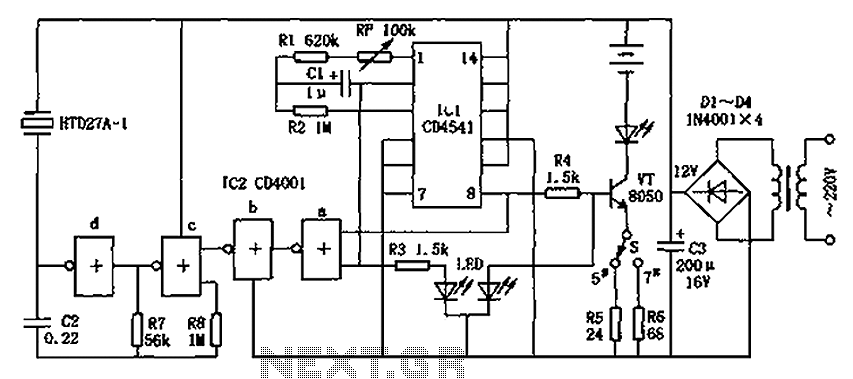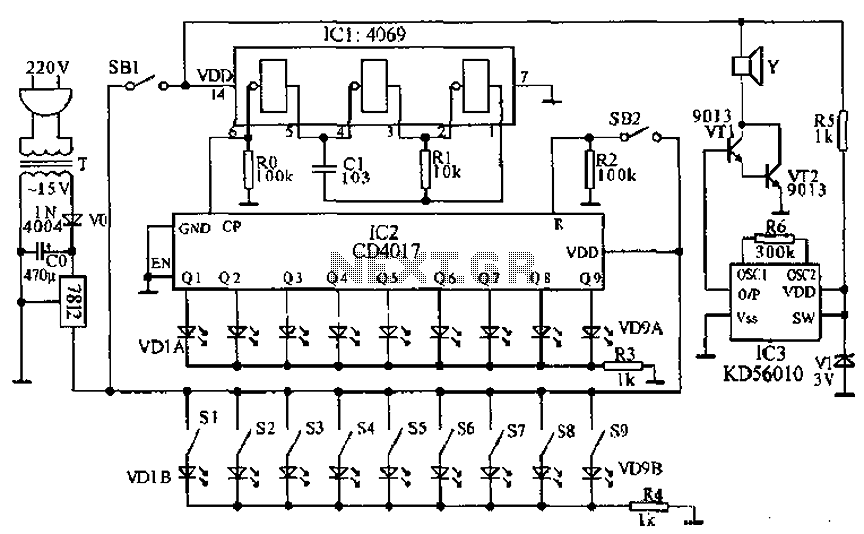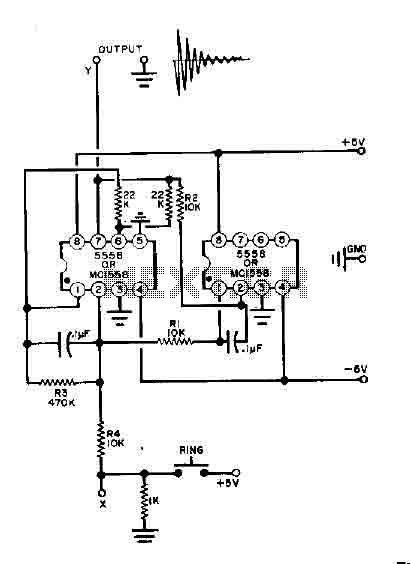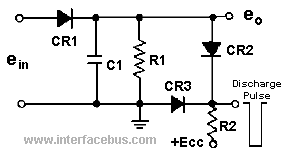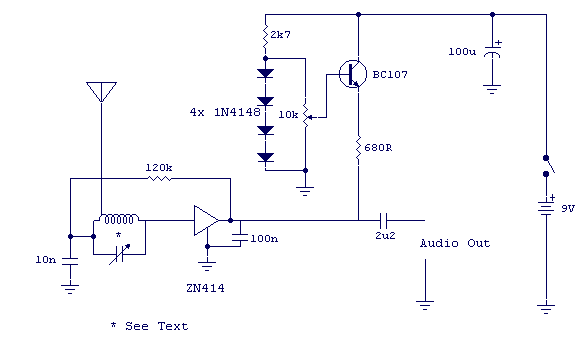
FM Transmitter circuit using 2N2222

This weblog focuses on electronic circuit schematics, PCB design, DIY kits, and diagrams for electronic projects. The FM transmitter circuit utilizes the NPN transistor 2N2222. The inductor L1 and capacitor C1 generate the necessary oscillations for Q1. The collector capacitor C4, along with resistors R3 and R4, functions to mix audio signals into stereo output. The emitter resistor R2 provides stability to the circuit and limits the collector current, which helps to enhance battery life. This compact FM adapter can be connected to the audio output of a cassette player or iPod, allowing users to listen to their favorite music through the car's stereo system. This solution is particularly useful if the car stereo lacks an auxiliary input, making it an effective alternative to purchasing a short-range FM transmitter.
The FM transmitter circuit described employs the NPN transistor 2N2222 as the core active component. The circuit is designed to operate in a compact form, suitable for integration with various audio sources such as cassette players and iPods. The inductor L1 and capacitor C1 are crucial for generating the oscillations necessary for the operation of the transmitter, which modulates audio signals onto a radio frequency.
The output stage of the circuit includes a collector capacitor (C4) and two resistors (R3 and R4) that work together to mix audio signals, ensuring that the output is in stereo format. This configuration allows for a more immersive listening experience by providing a balanced audio output to the car stereo system.
The emitter resistor (R2) plays a significant role in stabilizing the circuit. By limiting the collector current, it helps prevent overheating and excessive power consumption, thereby extending battery life. This feature is particularly beneficial in portable applications where battery efficiency is critical.
When connected to the audio output of devices like cassette players or iPods, this FM transmitter circuit enables users to broadcast their music over a short-range FM frequency. This is especially advantageous for vehicles that do not come equipped with an auxiliary input, providing a practical and cost-effective solution for enjoying personal music collections through the car's audio system. Overall, this circuit exemplifies a simple yet effective approach to integrating modern audio devices with traditional car stereos.Welcome to the weblog where we discuss about electronic circuits schematics, PCB design, diy kits and electronic projects diagrams. The FM transmitter circuit is using NPN transistor 2N2222. The L1 and C1 producess necessary oscillations Q1. The collector capacity C4, R3 and R4 resistor performs the function of the output mix theaudio to stereo pl
ayer or i-emitter resistor R2 Pod. The provides sufficient stability for circuit. It also limits the collector current increse the battery. With this circuit compact FM adapter connected to the audio output of your cassette player or i pod words, you can listen to your favorite music on the car track is stereo. This doesnot handy if your car stereo has an auxiliary circuit outlet is not to buy a short-range FM transimitter.
🔗 External reference
The FM transmitter circuit described employs the NPN transistor 2N2222 as the core active component. The circuit is designed to operate in a compact form, suitable for integration with various audio sources such as cassette players and iPods. The inductor L1 and capacitor C1 are crucial for generating the oscillations necessary for the operation of the transmitter, which modulates audio signals onto a radio frequency.
The output stage of the circuit includes a collector capacitor (C4) and two resistors (R3 and R4) that work together to mix audio signals, ensuring that the output is in stereo format. This configuration allows for a more immersive listening experience by providing a balanced audio output to the car stereo system.
The emitter resistor (R2) plays a significant role in stabilizing the circuit. By limiting the collector current, it helps prevent overheating and excessive power consumption, thereby extending battery life. This feature is particularly beneficial in portable applications where battery efficiency is critical.
When connected to the audio output of devices like cassette players or iPods, this FM transmitter circuit enables users to broadcast their music over a short-range FM frequency. This is especially advantageous for vehicles that do not come equipped with an auxiliary input, providing a practical and cost-effective solution for enjoying personal music collections through the car's audio system. Overall, this circuit exemplifies a simple yet effective approach to integrating modern audio devices with traditional car stereos.Welcome to the weblog where we discuss about electronic circuits schematics, PCB design, diy kits and electronic projects diagrams. The FM transmitter circuit is using NPN transistor 2N2222. The L1 and C1 producess necessary oscillations Q1. The collector capacity C4, R3 and R4 resistor performs the function of the output mix theaudio to stereo pl
ayer or i-emitter resistor R2 Pod. The provides sufficient stability for circuit. It also limits the collector current increse the battery. With this circuit compact FM adapter connected to the audio output of your cassette player or i pod words, you can listen to your favorite music on the car track is stereo. This doesnot handy if your car stereo has an auxiliary circuit outlet is not to buy a short-range FM transimitter.
🔗 External reference
